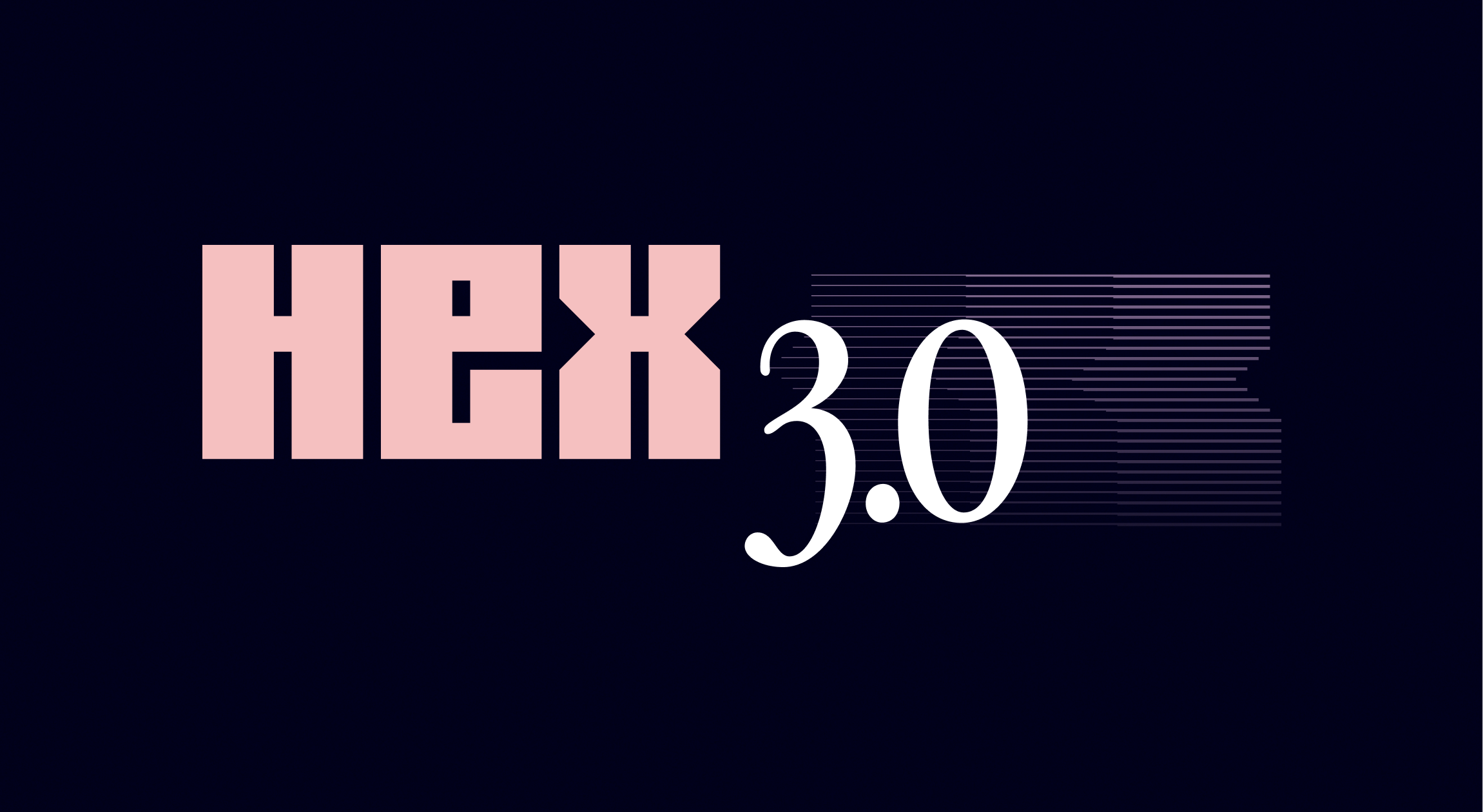Today, we’re introducing a new version of Hex, and buckle up, because this release has everything. Cutting-edge AI features? Check. Big foundational re-writes? You bet. Shiny new design? Of course! It’s a whole version number – what’d you expect??
If you missed the live event earlier, you can watch the replay and read our blog post here.It has tons of exciting, high quality graphics that explain these features really well, so I really recommend you check it out!
This changelog entry will walk through the greatest hits— but fair warning: this is still by far the longest changelog in Hex history!
Buckle up.
🔮 Magical AI assist features
🤖 Magic Analysis
Hex can now kickstart a whole analysis for you with AI.
Enter a prompt, and Magic Analysis returns chains of cells – including queries, explanation, and visualization. Hex’s notebook format really shines here, combining the best of a chat UI with a powerful, functional editing experience.
This is in private beta today. To get more of a sense of what it can do, you can watch a detailed demo at hex.tech/magic!
📊 Magic Charts
Magic Charts make it effortless to build and edit beautiful visualizations— the name says it all! Type a prompt, get a chart.
I personally love using this to make bulk edits to charts, changing 10 things about the config without having to navigate any menus.
🗃️ Data Manager
The Data Manager lets you control all the metadata that powers Magic for your workspace. It shows you all the information Hex automatically pulls from your dbt docs and warehouses, and lets you add further context, guidance, and prioritization.
This lets you dial in the behavior of Magic to be just right for your team. Speaking from our internal experience, a little work here can have a tremendous impact on the quality of AI results.
The Data Manager is currently in private beta.
🏗️ An all-new app builder
🎨 New layout engine
The new App builder is now a full editing experience in its own right. You can add new elements directly from here, drag/drop and resize with more fidelity and even – yes! finally! – edit text directly in-line.
I still love my notebook, but I know there are many of you that are really excited to be able to build whole projects right from the app builder!
🌪️ Powerful, automatic filters
Hex 3.0 includes huge improvements to filtering workflows. When building an app, editors can tie multiple app elements to one globally accessible filter, so that end users can more easily slice and dice reports in specific ways.
These are super easy to configure. Select a few elements, and just click one button to add a new filter.
And filtering works for end users too, with zero config required. Viewers can visually filter any chart in any app, and automagically cross filter other elements without any backend mapping.
Filters are rolling out over the next week.
🧭 Explore & View
Astute readers will remember this as a sneak preview from last release notes, but it's also a key part of the Hex 3.0 package.
Every chart and table in a published Hex app is now a fully interactive, drillable, filterable, and explorable jumping off point for end users to answer their own questions.
Click in to any element to remix the data just how you want— change how it's sliced, add filters, or even drill down into each of the underlying data points.
💅 New coat of paint
Our team has also redesigned the entire core workspace with an eye towards making it cleaner, simpler, and less cluttered (but no less powerful!). You’ll find a cleaner UX, with some new styles, and little surprises.
We’ve been using it internally for a few weeks– it’s a little bit of adjustment, but then feels super natural.
🏎️ Powerful new compute model
👯 An all-new, parallel compute engine
Hex 3.0 leverages our past work on the dependency graph to become the first notebook to support parallel execution. We use the project's DAG to determine which cells must be run sequentially, and which ones can be safely run at the same time.
This is a night-and-day performance difference, especially in complex apps with lots of warehouse SQL queries.
This works for SQL cells starting today, and we're expanding support to most cell types soon.
🐍 Native Python dataframe pushdown
Cloud data warehouses have made it really easy to work with data of tremendous scale, pushing any analyst's SQL compute from their laptop into an unimaginably powerful warehouse backend. Python... has remained trickier at scale, still requiring a lot of manual gymnastics and hand-rolled connections.
Now, Hex 3.0 makes it just as simple to push down Python to the warehouse! This means you can run massive data workflows and ML pipelines in Hex, using the leading cloud data infrastructure solutions, as seamlessly as if they were local dataframes.
We are launching this with two great partners— Snowflake and Google BigQuery— and we’ll be adding full Spark support as well.
You made it to the end! I am so excited for you to get your hands on the new Hex. Let us know what you think of it 🙂.
